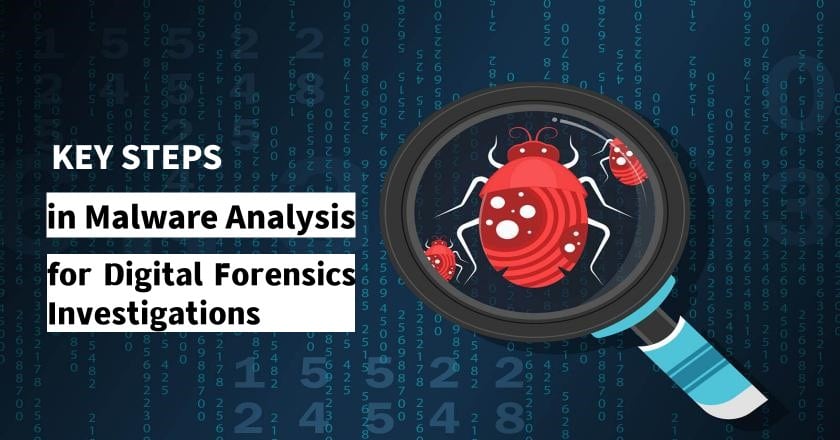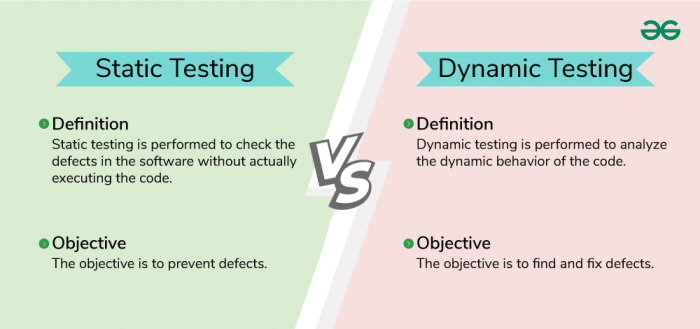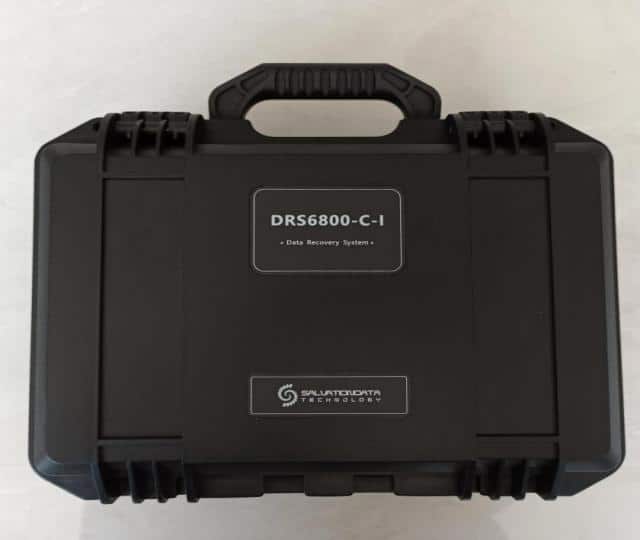Malware research is an important part of digital forensics in today’s world, which is becoming more and more digital. When hacking or data breaches happen, malware analysis helps authorities figure out how the bad software got into systems, what damage it did, and how to stop them from happening again. Forensic experts can find out where attacks came from, get important proof, and figure out what hackers are trying to do by looking at software.
This procedure improves security procedures going forward in addition to assisting in the mitigation of current risks. Malware analysis is a crucial phase in any forensic investigation involving compromised systems since it produces more accurate findings and strong protection tactics.





